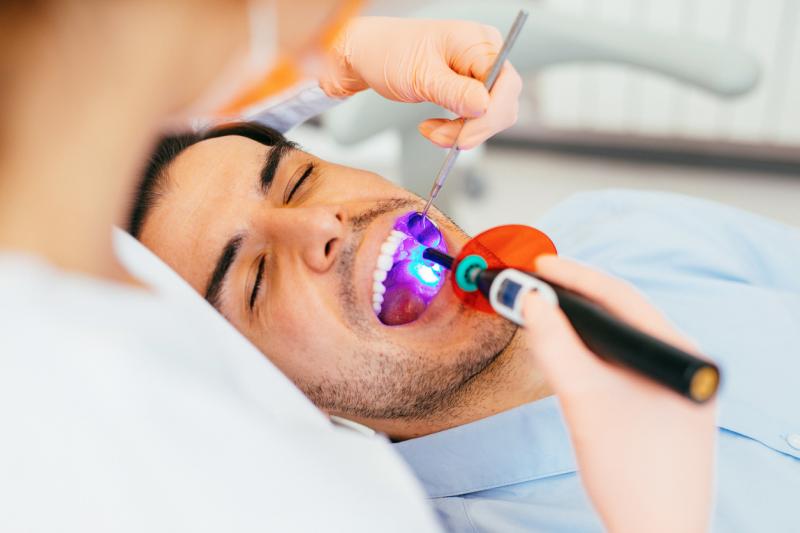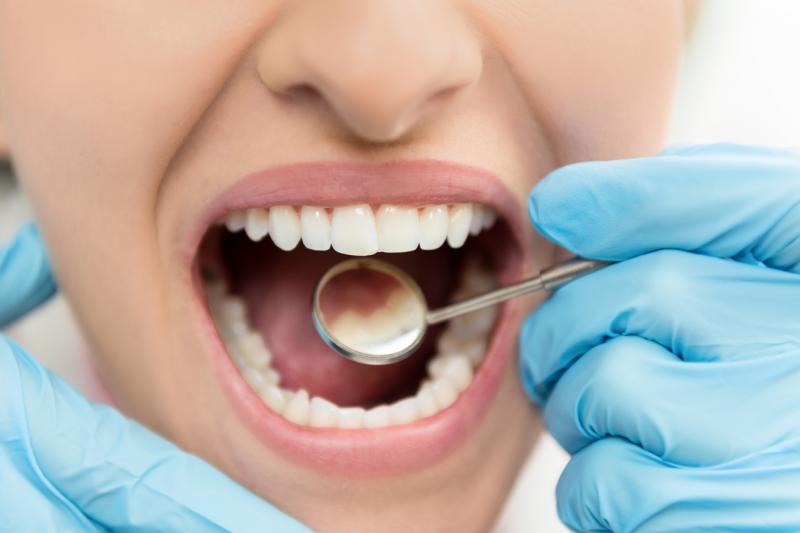What Were the First Fillings Made Of?

Throughout history, dentistry has evolved along with other medical arts. As time goes on, the practices and materials of modern dentistry continue to evolve. They continually become more effective in preventing and treating common dental problems. But as patients, we commonly take for granted all of the care and maintenance available for our best oral health. These advancements did not happen overnight. They came into being as part of a long history of experimentation with new methods and materials tested on live patients.
Below, we walk through dental history and learn more about evolution of the field. Next time you visit your dentist downtown or elsewhere, you can share some of your historic dental insights.
Ancient Dentistry Over 6000 Years Ago
An Italian cave was the burial site of a young man at least 6,000 years ago, where modern researchers found his remains. This man had some of the earliest dental fillings. They consisted of beeswax. Other remains from this era also contained dental fillings, showing that man has been on a quest for better oral health for many thousands of years.
Fillings of 201 AD
By 201 AD, ancient Etruscans had started using a more modern type of dental prosthetic material. In fact, we continue using this material today. Gold crowns and fillings came into dental fashion because this metal offers excellent coverage and durability, just as it does for modern-day patients.
Amalgam in 700 AD
The earliest use of amalgam for dental restorations started around 700 AD. It was during this period that Chinese medical writings first detail use of a "silver paste." As with gold, we continue using amalgam metal fillings today, although the composition of the fillings are slightly different.

Dental Advancements of 1530
By 1530, oral healthcare was recognized as important enough to justify a textbook. This first known dental book discussed dental fillings, oral diseases and "teeth infirmities." It also covered the processes of tooth extractions and dental restorations. Among the restorations discussed were use of gold fillings after drilling into decayed teeth. Published in Germany, this book targeted barbers and surgeons, both of whom took on the village responsibility of dental care.
Cosmetic Dentistry's Birth in 1746
The first signs of cosmetic restorations occurred in the mid-1700s. This is when Claude Mouton recommended use of a white enamel to make gold crowns and fillings look more like natural teeth.
Porcelain Enters the Dental Scene in 1789
In 1789, French dental patient Nicolas Dubois de Cheman was the first recipient of a new set of pearly whites to replace his own damaged teeth. These dentures or implants were made of natural-looking porcelain, another material still used in dentistry today, such as for crowns and veneers.
Manufactured Dental Restorations in the 1800s
In modern times, we think nothing of a dental lab crafting crowns, night guards and other important supplies for our best oral health. This practice of manufactured dental restorations began in 1825, when porcelain teeth were first commercially made for the dental healthcare market by a craftsman named Samuel Stockton. Today, only a small percentage of your dental needs are fulfilled from outside of the dental office. Your dentist downtown can provide same-day crowns and other dental restorations from within his or her office.
1833 to 1840 and the Amalgam Controversy
Many patients are turned off by the idea of amalgam fillings today. Most prefer composite or porcelain restorations that look like natural tooth material. Immigrant brothers in the U.S. first created controversy in crafting amalgam dental materials in 1833. But they were known for their shady methods and turned many people off of the idea of using these products. It did not help that the American Society of Dental Surgeons showed the first concern over mercury poisoning in 1840, specifically related to amalgam dental fillings.
Modern Dentistry Today
Today's dentists provide patients with the highest quality dental care of all time. Advancements in oral healthcare make it possible for you to choose from a range of filling types and other restoration materials. You can select from porcelain, gold, composite resins, amalgam and silver. Each material has its own benefits and drawbacks, such as durability and price differences. Talk to your dentist to learn more about each type of filling and make an informed decision for your own satisfaction.
More to Read:
Previous Posts:





